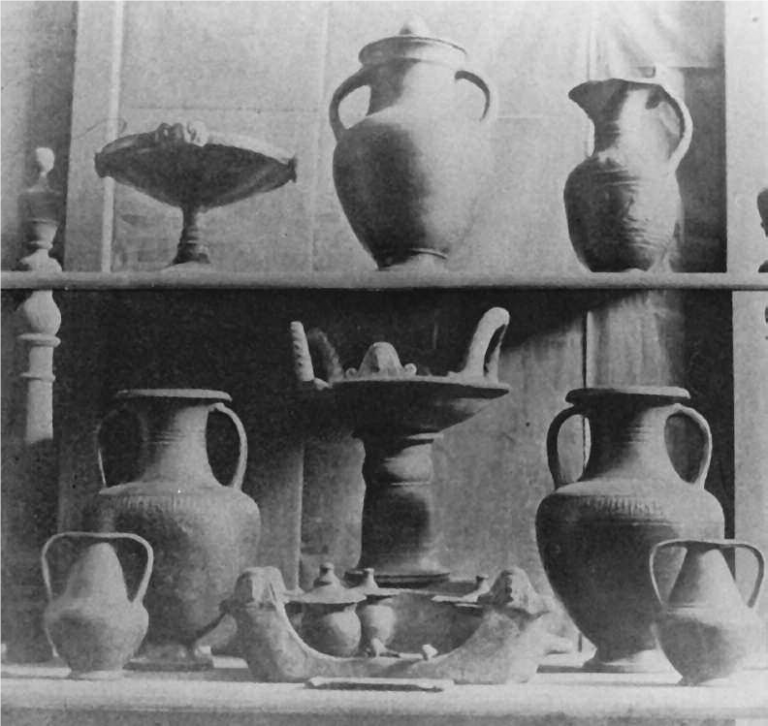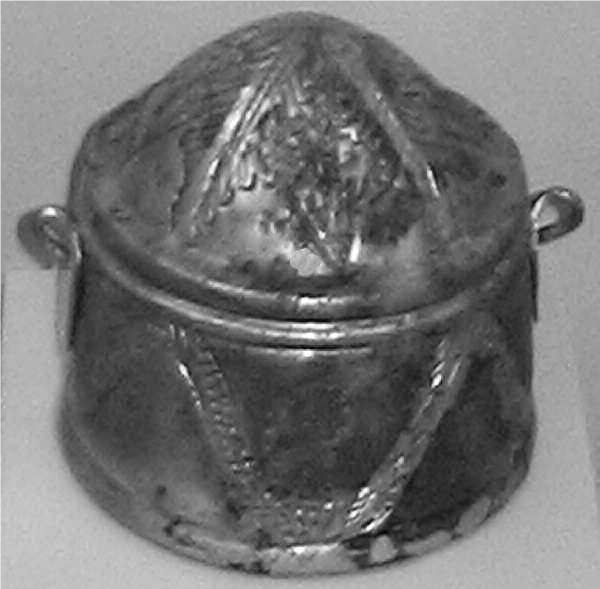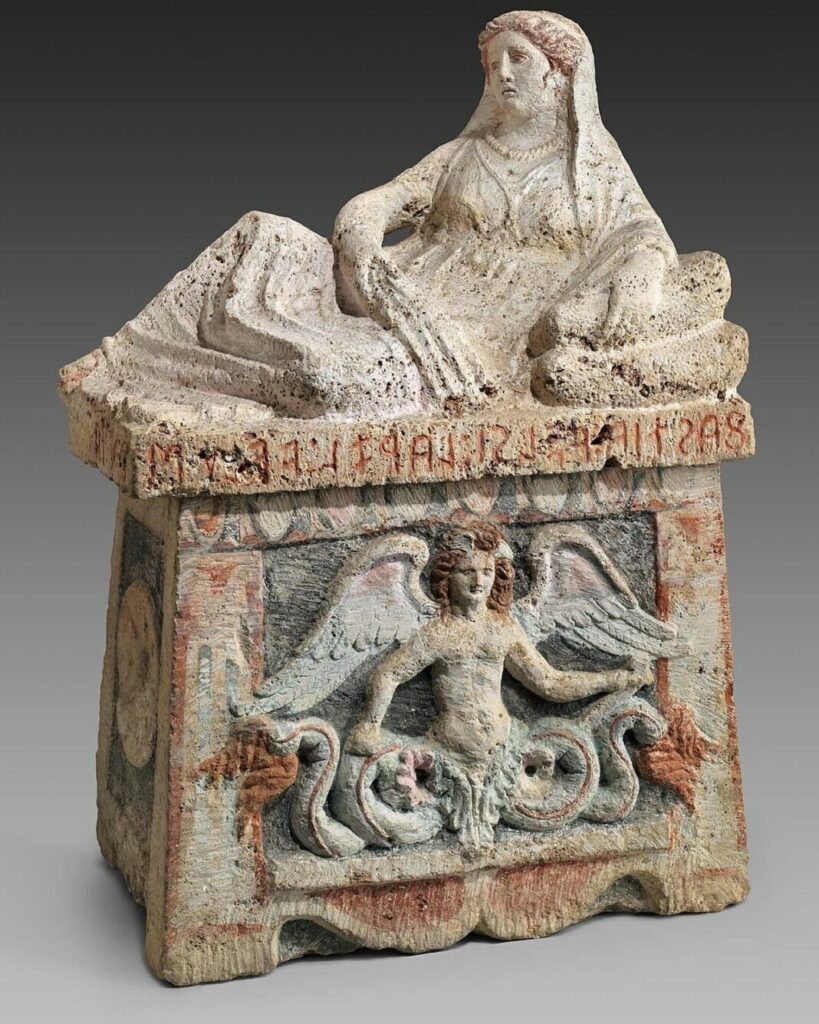In the heart of Italy, the modern Tuscan town of Chiusi holds the secrets of an ancient civilization – the Etruscans. This captivating tale unveils the remarkable discoveries and scholarly pursuits that have shed light on the rich history of this once-thriving Etruscan city. From the late 19th century to the present day, the artifacts unearthed in Chiusi have captivated the imagination of historians, archaeologists, and art enthusiasts alike, offering a glimpse into the sophisticated culture and daily lives of the Etruscan people.
The Tomb Discoveries

Our story begins in the late 19th century, when a significant tomb-group, believed to have been unearthed around 1895, found its way to the Field Museum of Natural History in Chicago. This collection, acquired through the pioneering efforts of A. L. Frothingham Jr., the editor of the American Journal of Archaeology, sparked immediate intrigue. The artifacts were arranged with a sense of theatrical precision, leaving observers to wonder whether these were the only treasures the tomb held or merely the most eye-catching selections.
The early days of archaeology were marked by uncertainties surrounding the authenticity and completeness of such discoveries, and the Chiusi finds were no exception. Questions lingered about the true nature and origins of these artifacts, a common challenge faced by scholars in the field.
The Hellenistic Treasures
As the narrative progresses, we shift our focus to a more substantial collection from the later Hellenistic period, which was acquired by the Boston Museum of Fine Arts on a crisp autumn day in 1913. This collection was brokered by Raoul Tolentino, the owner of the “Galerie d’Art Ancien” in Rome, who claimed the artifacts originated near Chiusi.

Among the remarkable pieces were a large inscribed cinerary urn adorned with the figure of Scylla, a youthful, winged being with fish-tail legs, as well as a myriad of silver vessels, luxurious toiletries, and intricate jewelry. The cinerary urn, a centerpiece of the collection, bore an inscription translating to “Fastia Velsi, wife of Larza Velu,” offering a poignant connection to the individuals once celebrated in these Etruscan rituals.
The authenticity of these artifacts was further validated through historical research, including a notable article by Hammarström in 1929, which corrected earlier misinterpretations of the inscription and traced the tomb’s provenance to a discovery made in 1879 on the lands of Count Lucioli near Chiusi.
Etruscan Artistry and Daily Life

As we delve deeper into this collection, we encounter a series of silver cosmetic containers exquisitely crafted and carefully preserved, showcasing the Etruscans’ intricate artistry. These artifacts, along with a collection of mirrors varying in style and form, including rare silver box mirrors and more common bronze tang mirrors, paint a vivid picture of the luxurious daily routines of the Etruscan elite.
The Etruscan people were renowned for their advanced metalworking techniques, and these artifacts provide a tangible testament to their exceptional craftsmanship. The meticulous attention to detail and the incorporation of intricate designs speak to the Etruscans’ artistic sensibilities and their appreciation for the finer things in life.
Unresolved Mysteries

However, not all mysteries were solved. The narrative also touches upon the uncertainties of archaeological provenance, exemplified by the unexplained absence of some items and the fortuitous rediscovery of others not initially recorded. This tale raises questions about the fate of similar artifacts scattered across museums worldwide, including a group in the British Museum and another in the Metropolitan Museum of Art in New York, each echoing the designs and purposes of those found in Chiusi.
These unresolved mysteries serve as a reminder of the challenges faced by archaeologists and curators in preserving and documenting the cultural heritage of ancient civilizations. The fragmented nature of these collections highlights the importance of comprehensive record-keeping and the need for continued research and collaboration among scholars to uncover the full story.
The Lasting Impact

Our story concludes with reflections on the significant impact of these discoveries, not only in understanding the Etruscan civilization but also in shaping the practices of modern archaeology. The journey of these artifacts from a long-forgotten Etruscan tomb to the polished display cases of major museums encapsulates a broader narrative of cultural heritage, scholarly endeavor, and the ever-present challenge of preserving history with integrity.

The treasures of Chiusi continue to speak, telling their stories and leaving an indelible mark on the world’s historical and cultural landscape. These artifacts serve as a tangible connection to the past, inspiring wonder, fostering scholarly inquiry, and reminding us of the enduring legacy of the Etruscan people.
Conclusion
In the heart of Italy, the modern town of Chiusi holds the secrets of an ancient civilization. Through the remarkable discoveries and ongoing scholarly pursuits, the Etruscan treasures of Chiusi have captivated the world, offering a glimpse into the sophisticated culture and daily lives of this enigmatic people. From the late 19th century to the present day, the journey of these artifacts has been one of mystery, intrigue, and the unwavering commitment to preserving the past. As we continue to unravel the stories hidden within these remarkable finds, we are reminded of the enduring power of cultural heritage and the importance of our role as custodians of history.
